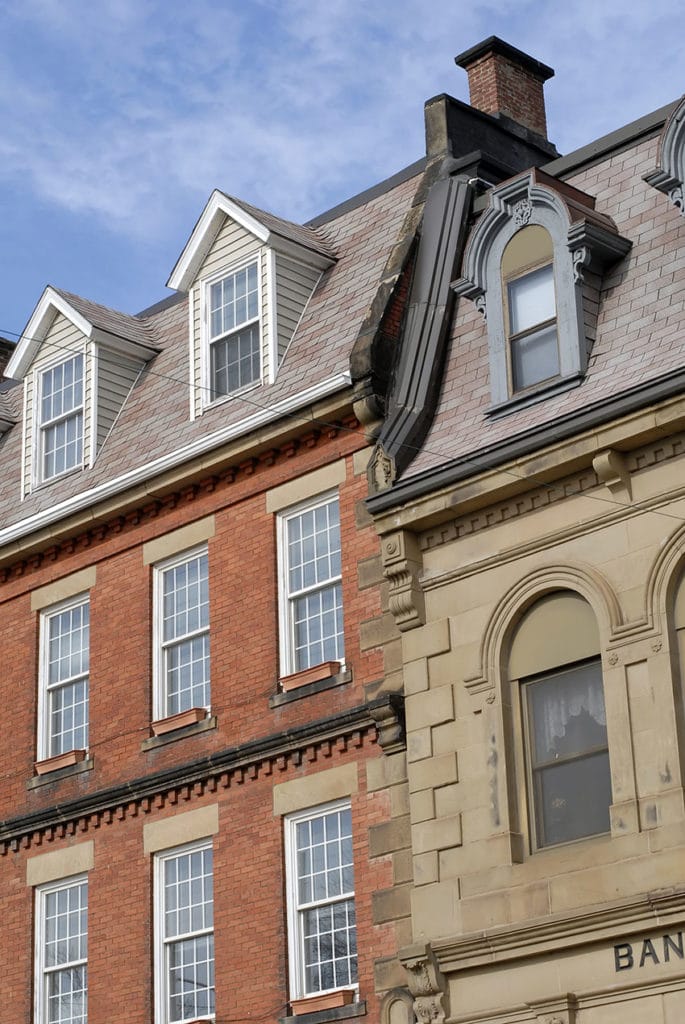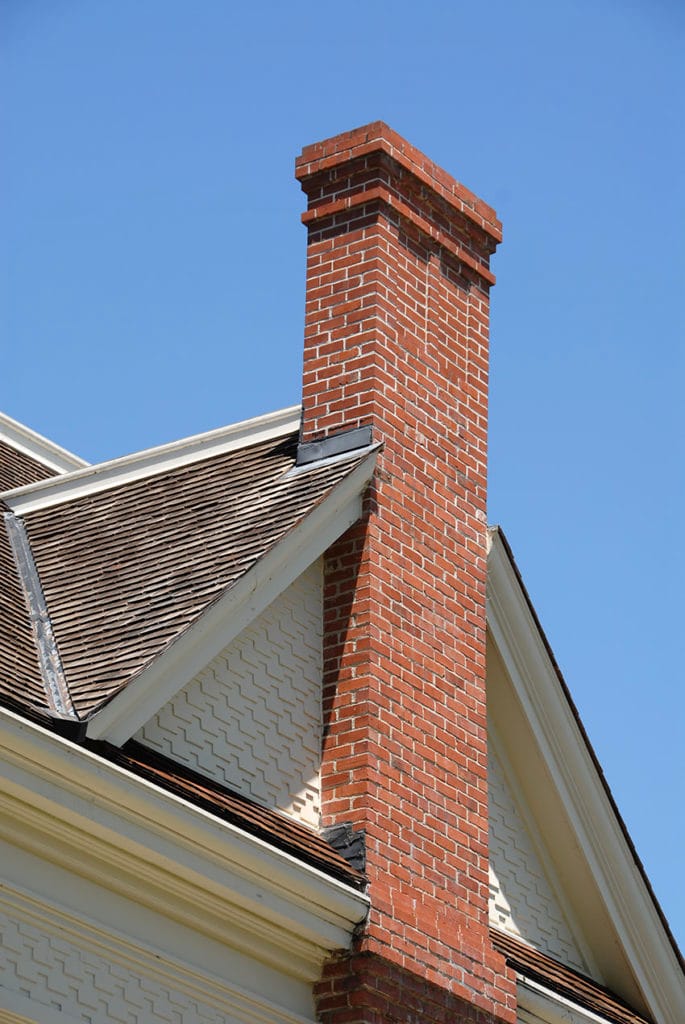Slate is a roofing material that is known for its durability. Although it is designed to last for years, even the best-quality slates will need to be replaced once the time comes. When it comes to replacing old slate, homeowners tend to face several issues. Therefore, in this blog we are going to discuss when a slate roof needs replacing and how to inspect slate roof problems without a slate roofer. Let’s begin!
Step 1
Begin by observing damage on the rafters and in the attic. Failing slate tiles absorb moisture and therefore, will become soft and brittle. Ultimately, the slates will rot and need to be replaced. If you observe that there is water damage in the attic, the slate might have become too old to salvage.
Step 2
Inspect the living areas and the attic for active leaks. Active leaks are the leaks that constantly take place. Such leaks might take place during specific hours of the day, so you need to be vigilant. Furthermore, inspect the first and second rooms for damage as well.
Step 3
Now, step outside and inspect the roof that is covering the interior areas. This is the same location where you observed leakage for the first time. Stand on a ladder or use binoculars to inspect the roof a bit closely and clearly. Moreover, check for any damage to the valleys, metal flashings, or the gutters near the leakage. However, keep in mind that it is not necessary that the visible leak is going to be right under the damage. Sometimes a leakage may be occurring somewhere else. Furthermore, if the materials are causing the leaks, you can get them replaced instead of replacing the entire roof.
Step 4
Another way of inspecting your slate roof is by standing across the street from your house and inspecting the roof using binoculars. Check for any missing or slipping tiles. Observe whether they are scattered or all in one area. If you observe that the damage is in only one area, it might be that other building materials are causing the issue. In such cases, replacing a roof is not required. Instead, you can get just that area fixed.
Step 5
If some slates have fallen from the roof, inspect them by knocking your knuckles. If a sound resonates, it means that they are in good condition. However, if they produce a dull sound, then the condition is the opposite. In such cases, where the slates are in good condition, it might be the metal fasteners that connect the tiles to the roof that might be causing the problem. Most likely, the metal fasteners might have corroded. Therefore, if the slates are good, you can simply get the roof repaired.
Step 6
The last thing you need to do is inspect the percentage of tiles falling in each roof’s section. If you observe slates in a particular area are damaged beyond 20 percent, then replace the section. However, if you observe that all the tiles are damaged, then you will need to replace the roof. Furthermore, if more than 10 percent of the total surface area is damaged then a contractor might not be able to replace the slates without damaging the existing ones. Therefore, it is better if you consult a contractor.
A slate roof is not difficult to fix. The key lies in detecting and identifying the problem. In some cases, identifying the problem takes more time to fix the roof but it is not something to be overlooked. Your roof will only be properly fixed if a professional roof service determines the root cause. Therefore, if the situation demands, get the roof replaced.
Professional Or DIY?
Although inspecting a roof problem may seem easy but it would be a wise decision to hire a roof repair service for inspection and repairs (if needed). Before hiring a roof repair company, search them online and on social media to learn what other people are saying about them. Moreover, you should ask for quotes from multiple services to compare and select an affordable service. If you need a roof repair quickly, you should select a renowned roof repair contractor because you wouldn’t have to go through the vetting process.


